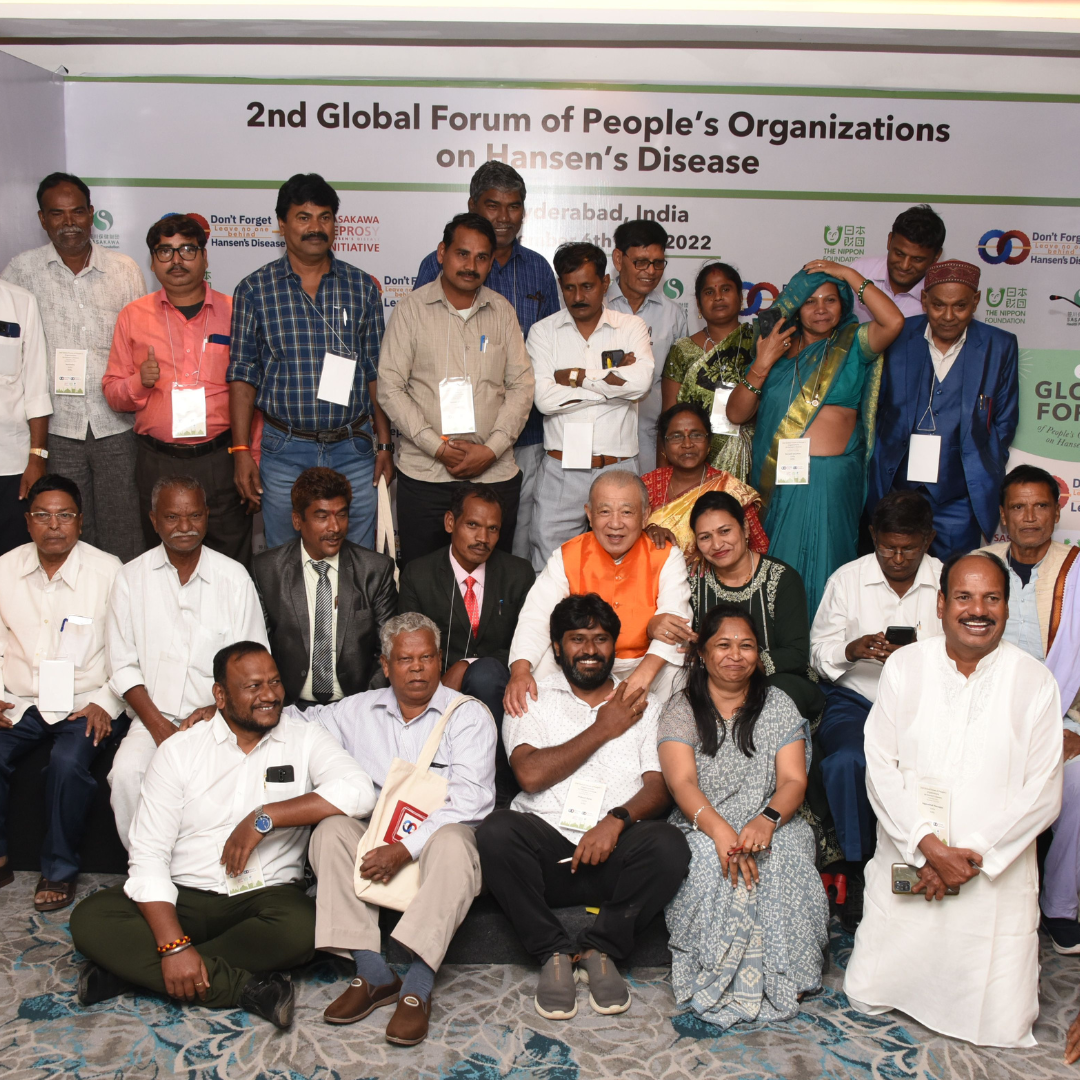
Dr. Paul Fine
Professor of Communicable Disease Epidemiology
London School of Hygiene & Tropical Medicine
Dr. Fine is an expert in communicable diseases and their transmission. For nearly 30 years, he directed a large epidemiological research program that investigated leprosy, tuberculosis, and HIV in the Karonga district of Malawi. His methods have emphasized family studies and vaccine evaluation.
There has been much discussion of global targets for leprosy control ever since the initial declaration in 1991 to “eliminate” the disease “as a public health problem,” defined as reduction of prevalence below 1 case per 10,000 population. The current (2021–2030) global leprosy strategy, entitled “Towards Zero Leprosy,” states that WHO has “reset the target for leprosy elimination, defined as no new autochthonous cases as a result of interruption of transmission.” On close inspection, it is not entirely clear what this means. Autochthonous cases are implicitly defined as “non-foreign” despite the fact that a foreigner may contract M. leprae infection in their new home and become an autochthonous but foreign-born case. And the phrase “interruption of transmission” is also problematic – as we have no good assay for M. leprae infection, we cannot directly measure what is to be interrupted! Instead we measure clinical disease, which is not itself transmitted; it only occurs in some individuals and even then only some years after infection.
Semantics aside, there are major questions to be addressed in association with these ambitious goals, in particular the effectiveness of different control approaches, be they a new vaccine, different modes of chemoprophylaxis, or different policies for case finding and treatment. We have long recognized that leprosy is associated with poverty but have little idea what feature of improved living standards is inimical to the infection. Does infection transmission not occur in better economic conditions, as in contemporary Europe, despite the presence of considerable numbers of apparently infectious immigrant cases? Or do some individuals become infected but not develop clinical disease under such conditions? In order to study this we need an assay which can recognize paucibacillary infections with M. leprae, a challenge which has stymied researchers for many years. Recent advances in immunology might provide a solution to this but few scientists are working on the problem.
The role of the armadillo in the Americas emerges as a major – and embarrassingly neglected – question. Zoonotic leprosy has been confirmed repeatedly in the United States, but its contribution to leprosy in Latin America remains totally unknown. It is now possible to address this issue rigorously by sequencing M. leprae in armadillos and in human cases. The presence of this reservoir indicates that zero leprosy is not a feasible global goal. Should this not be acknowledged?
There is an implication of finality in much of the target language – in the words elimination, interruption, and zero leprosy. This implication may be considered useful as an advocacy tool, but the optimistic prediction of no more leprosy may discourage some young scientists from taking up leprosy as a career and contribute to the loss in expertise needed at this stage in the global effort against the disease. Perhaps it might be better to have a simpler and more conservative target: for example, just to continually reduce the actual incidence of clinical leprosy and the number of disabled patients in every endemic population. (The word actual in this sentence is crucial for emphasizing the need to maintain surveillance as some of the recent apparent declines in disease are attributable to reduced attention and failure to recognize or report cases.) Leprosy organizations would do well to consider the long term implications of this endeavor – how to preserve leprosy expertise, which will be needed far into the future, indefinitely at least in the Americas, and how to transition leprosy programs and resources as the disease declines to very low levels to address other related public health problems.
Further reading
To read more about armadillos as a large natural reservoir of M. leprae, Dr. Fine recommends starting with Gayathriy Balamayooran, Maria Pena, Rahul Sharma, Richard W Truman, “The armadillo as an animal model and reservoir host for Mycobacterium leprae,” Clinics in Dermatology 33, no. 1 (2015): 108–115, https://doi.org/10.1016/j.clindermatol.2014.07.001.
Video recording
Dr. Fine gave a 30-minute keynote speech on “interruption of transmission” at The Bergen International Conference on Hansen’s Disease held in Norway June 21–22, 2023, during which he used slides to share data and explain his thoughts in further detail. A video recording of his speech can be accessed at https://youtu.be/uF70pMt3Vqw?feature=shared&t=4094.









